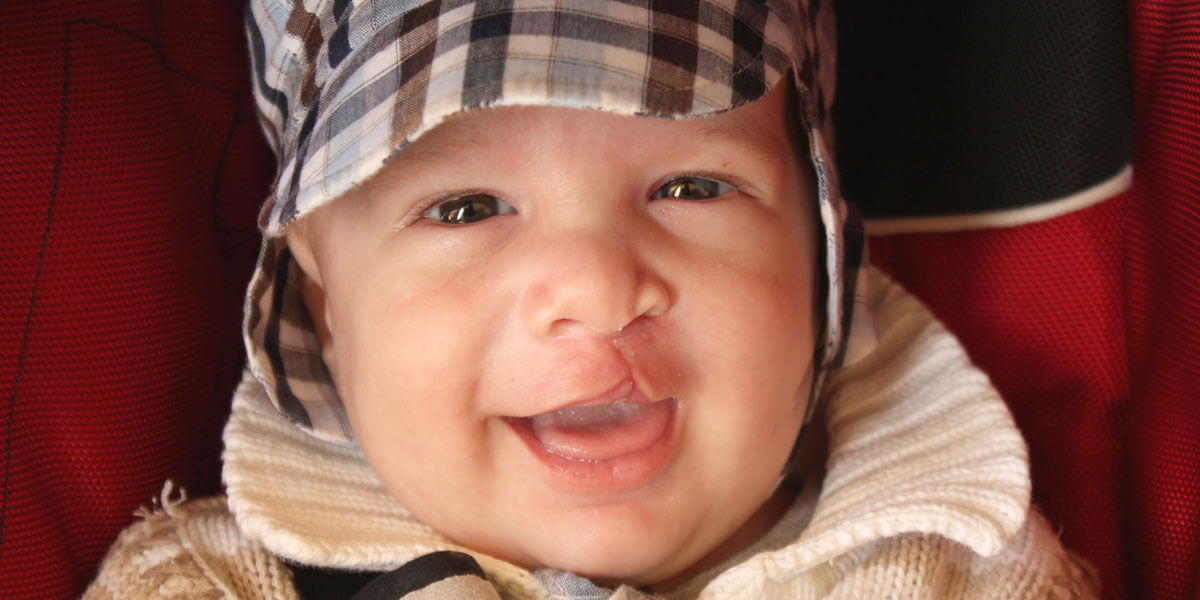Cleft / Craniofacial / Distraction

Add: The New York Center for Orthognathic & Maxillofacial Surgery offers cleft lip and cleft palate treatment in Lake Success, West Islip, & Midtown NYC. Call 212-308-9200 to make an appointment.
The Cleft Patient
At NYCOMS, we have the expertise and facilities and the ability to manage surgical care for patients ranging from youngest child to the adult population. This is particularly valuable and advantageous in cases that involve treatment over a period of many years. Cleft lip and cleft palate are examples of when a series of surgeries throughout a period of many years are necessary.
Cleft lip is an opening/split in the upper lip and cleft palate is an opening/split in the roof of the mouth (palate). Cleft lip and cleft palate result when these developing facial structures in an unborn baby do not close completely.
A series of surgeries can restore normal function and achieve a more normal appearance with minimal scarring.
A cleft lip is usually repaired between the ages of 3 to 6 months. Some children require a lip adhesion or a device such as a molding plate to bring the parts closer together before the full lip repair. A child with a cleft lip that is repaired will have a scar on the lip under the nose.
A cleft palate is usually repaired between 9 and 12 months of age. To repair the palate, the soft palate muscles from each side are connected to each other and the normal barrier between the mouth and nose is created.
Additional surgeries are needed to improve the appearance of the lip and nose, close the opening between the mouth and nose, help breathing, and stabilize and realign the jaw. Once the permanent teeth grow in, braces are often needed to straighten the teeth.
Contact us today in NYC, West Islip or Lake Success to schedule an appointment.
Craniofacial Surgery
Distraction
Distraction osteogenesis is a jaw reconstruction process that allows bone to grow without the need for grafting by expanding the tissues and the affected area of the jaw. This procedure generates new bone by slowly stretching divided bone and is particularly useful when treating infants and children who might not be candidates for more traditional bone grafting.
While older patients may require longer treatment than younger patients, who typically experience new bone growth more quickly, distraction can be successful at all stages of development:
- Infant
- Teenager
- Adult
